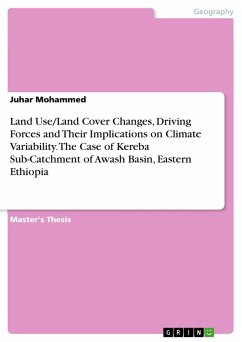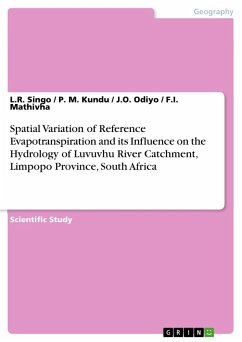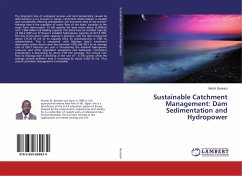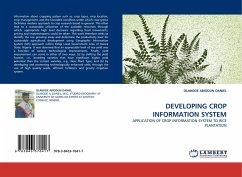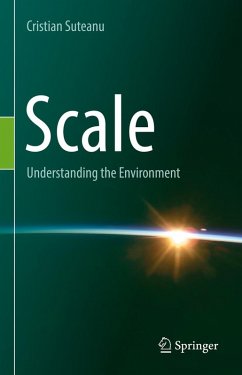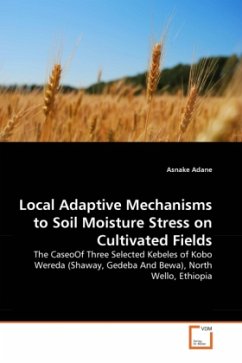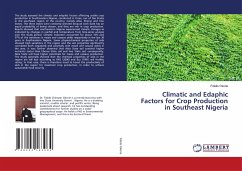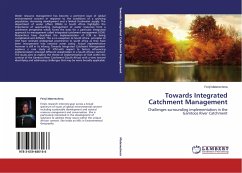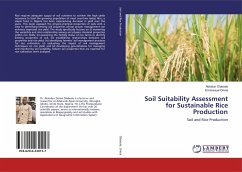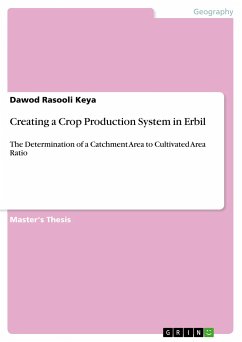
Creating a Crop Production System in Erbil
The Determination of a Catchment Area to Cultivated Area Ratio
Versandkostenfrei!
Versandfertig in 1-2 Wochen
49,99 €
inkl. MwSt.

PAYBACK Punkte
0 °P sammeln!
Master's Thesis from the year 2009 in the subject Geography / Earth Science - Physical Geography, Geomorphology, Environmental Studies, grade: 90.0, Salahaddin University (Agriculture College), language: English, abstract: In arid and semiarid regions, where annual rainfall is not sufficient to sustain plant growth and crop yield to an acceptable limit, it is wise to encourage and collect runoff from marginal lands and lead it to cropping areas. Therefore, a series of experiments were conducted under natural and simulated rainfalls to identify the most appropriate catchment to cultivated area ...
Master's Thesis from the year 2009 in the subject Geography / Earth Science - Physical Geography, Geomorphology, Environmental Studies, grade: 90.0, Salahaddin University (Agriculture College), language: English, abstract: In arid and semiarid regions, where annual rainfall is not sufficient to sustain plant growth and crop yield to an acceptable limit, it is wise to encourage and collect runoff from marginal lands and lead it to cropping areas. Therefore, a series of experiments were conducted under natural and simulated rainfalls to identify the most appropriate catchment to cultivated area ratio for crop production system. The system covered some selected winter crops (viz, wheat, barley, lentil, faba bean, and chickpea). The study encompassed the following trials: Characterization of rainfall in Erbil, the calculation of water requirement for some selected winter crops in Erbil using four different schemes, testing the effect of various soil treatments, examining the effectiveness of different soil treatments in the field under actual rainfall events via establishing twelve runoff plots, runoff strip experiment and applying a related model to determine the appropriate C:CA ratio for some selected winter crops under various soil treatments. The most important natural resource in the arid and semiarid zones is rainfall. Although limited, it is generally poorly managed and mostly lost with little benefits. Furthermore, its uneven distribution throughout the season makes rainfed agriculture a risky enterprise. Rainwater harvesting is particularly advantageous in the rainfed areas, where crops can be produced with low yields and a high risk of failure. Water harvesting systems under the abovementioned condition can provide enough water to supplement rainfall and so to increase and stabilize production. Water harvesting is becoming a reliable strategy after the recent drought period. The benefit of water harvesting is not only to secure or increase crop production, but also to decreasing soil erosion, improve soil fertility status and to recharge aquifers tapped for irrigation.



